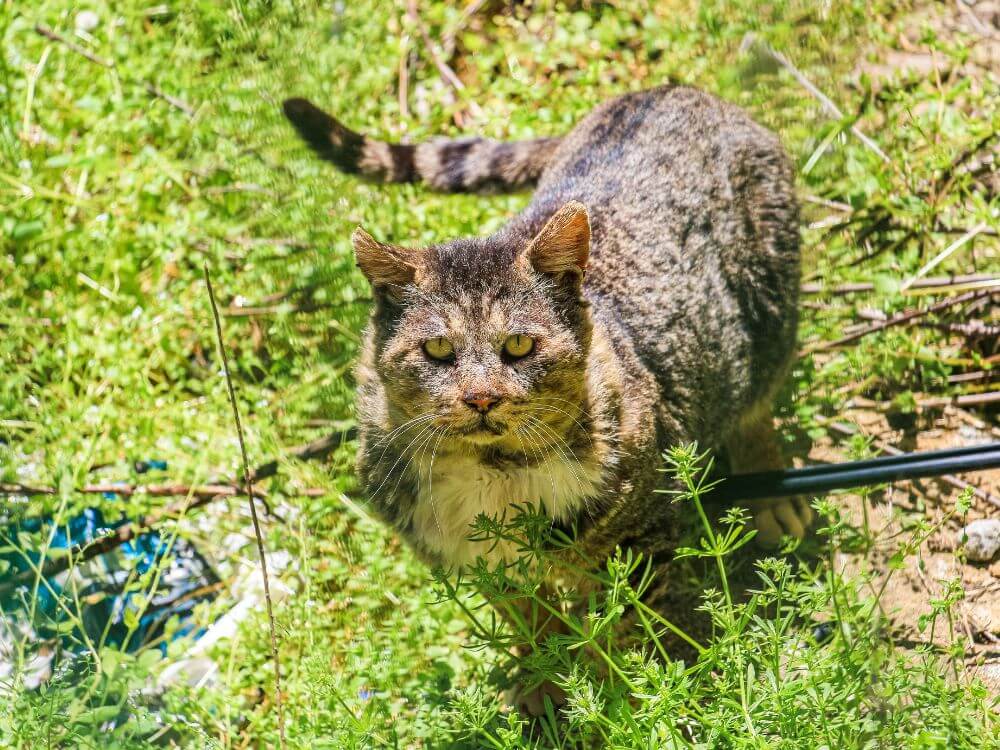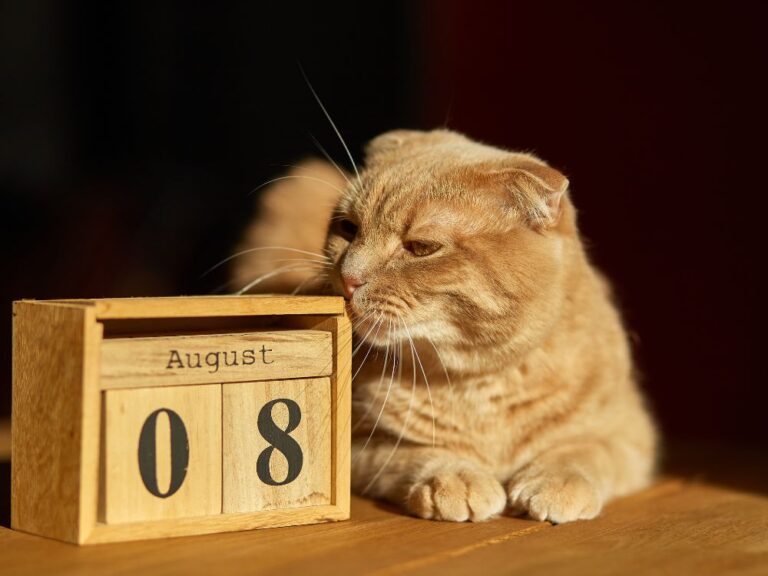National Feral Cat Day: Advocating for Change

National Feral Cat Day, celebrated on October 16th, is an essential day for cat advocates, communities, and animal lovers. It highlights the importance of caring for and protecting feral cats, who often face harsh living conditions and limited access to food, shelter, and medical care. The day was established to promote awareness of feral cats and to encourage humane treatment through initiatives like Trap-Neuter-Return (TNR) programs.
What Are Feral Cats?
Feral cats are domestic cats that have reverted to a wild state. Often born in the wild or abandoned by humans, these cats live in colonies and rely on their instincts to survive. Unlike stray cats, feral cats are typically unsocialized and avoid human contact. They are highly adaptable, making homes in urban, suburban, and rural areas.
History and Purpose of National Feral Cat Day
Alley Cat Allies, a nonprofit organization focused on advocating for the rights and welfare of feral cats, founded National Feral Cat Day in 2001. They created the day to highlight the struggles feral cats experience and to encourage humane solutions, particularly through TNR programs.
TNR programs are central to the mission of National Feral Cat Day. Through trapping, neutering, and returning feral cats to their original location, communities can control the feral cat population without resorting to euthanasia. This method has been proven to reduce the number of feral cats over time, preventing the endless cycle of overpopulation and suffering.
The Importance of Trap-Neuter-Return (TNR)
TNR is a vital component of any feral cat management strategy. Without intervention, feral cat colonies can grow rapidly, leading to more cats struggling to find food, shelter, and care. TNR programs work by:
- Trapping feral cats humanely.
- Neutering or spaying the cats to prevent further reproduction.
- Returning the cats to their original environment where they can live without contributing to the growing population.
This method has several benefits:
- It reduces the overall number of feral cats.
- Neutered cats are less likely to fight, roam, or engage in behaviors like spraying.
- It improves the overall health and well-being of feral cats by giving them vaccinations and medical check-ups during the TNR process.
How National Feral Cat Day Makes a Difference
National Feral Cat Day serves as a reminder to communities, organizations, and individuals about the importance of treating feral cats with compassion. Events held on this day often include educational workshops, TNR initiatives, and fundraisers aimed at helping local shelters and rescue groups. By participating in these events, people can learn how to make a difference in the lives of feral cats.
Community Involvement and Action
One of the main goals of National Feral Cat Day is to inspire communities to take action. Everyone can play a role in helping feral cats. Simple steps include:
- Supporting local TNR programs by donating time or resources.
- Educating others about feral cats and the importance of humane treatment.
- Working with animal shelters or rescue groups to provide food, shelter, and medical care for feral cats.
In many areas, volunteers organize TNR events on National Feral Cat Day. They work together to trap, neuter, and return cats while raising awareness about the importance of these programs.
Changing Public Perception of Feral Cats
Feral cats have historically been misunderstood and seen as pests. However, National Feral Cat Day helps shift public perception by showing that these animals are simply trying to survive. By promoting TNR and other humane solutions, the day encourages people to see feral cats in a more compassionate light. They are living beings deserving of respect and care, just like domestic pets.
How You Can Get Involved on National Feral Cat Day
There are several ways to get involved and make a difference on National Feral Cat Day, even if you don’t have experience with feral cats. Here are a few ideas:
- Educate Yourself and Others: Learn more about feral cats, TNR, and how you can help. Share your knowledge with friends, family, and neighbors. Social media is a great platform for spreading awareness.
- Volunteer for TNR Programs: Many local animal shelters and rescue groups organize TNR initiatives. You can help by trapping cats, transporting them, or assisting in their care during and after the procedure.
- Donate to Feral Cat Advocacy Groups: Organizations like Alley Cat Allies depend on donations to continue their work. Consider making a financial contribution to help support TNR programs and educational outreach.
- Build Outdoor Shelters: If you have a feral cat colony in your area, consider building outdoor shelters to protect the cats from harsh weather. You can find simple DIY designs online that provide warmth and safety.
- Advocate for Humane Policies: Support local legislation that promotes humane treatment of feral cats. Get involved in local government discussions and advocate for TNR programs as a non-lethal solution to feral cat management.
TNR Success Stories: How National Feral Cat Day Helps Communities
Over the years, National Feral Cat Day has led to numerous success stories across the United States. Communities that implement TNR programs see significant reductions in feral cat populations. These programs have also led to healthier, more stable cat colonies, as well as improved relationships between residents and feral cats.
In certain areas, community members have come together to establish long-term feeding stations and outdoor shelters for feral cats, ensuring they regularly receive food and protection from the elements. As a result, these efforts have gradually shifted the way people perceive feral cats, demonstrating that they can peacefully coexist within our neighborhoods.
Looking Forward: The Future of Feral Cat Advocacy
National Feral Cat Day continues to grow in influence, with more and more people recognizing the importance of TNR and humane treatment. As advocacy grows, so does the potential for even more effective solutions. The hope is that one day, no feral cat will have to struggle for survival, and all communities will embrace compassionate solutions.
Conclusion
National Feral Cat Day is a powerful reminder of the need for humane feral cat management. We can raise awareness, support TNR programs, and educate communities to help feral cats live healthier, safer lives. Everyone who volunteers, donates, or spreads the word makes a meaningful impact on feral cats’ lives.
Take Action on October 16th
As October 16th approaches, consider how you can contribute to National Feral Cat Day. Whether it’s donating to a local organization, participating in a TNR event, or simply educating others, every action counts. National Feral Cat Day reminds us that feral cats are part of our community, and it’s our responsibility to care for them.

